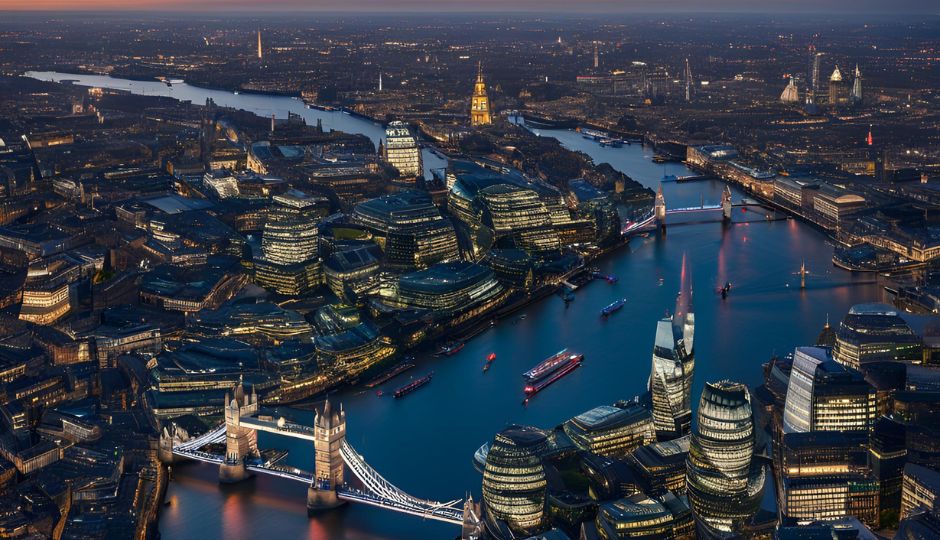Big Tours, Big Money
If you’re a pop star, tours represent big, big money. Especially as the world has shifted towards digital streaming, album sales (which typically generated the majority of an artist’s income) now deliver much less revenue for stars than they once did. As a result, the world’s biggest musical talent have increasingly turned to tours to generate income for themselves, their record labels and their management teams. Tour revenue comes from ticket sales, but also net profit on merchandise, VIP tickets and ‘meet-and-greet’ packages, sponsorship deals and other associated sales.
2023: The Year Of The Mega-Tour
The world's top performers are generating significant income from their tours: this year alone, Taylor Swift is potentially generating anything from $500 million to (optimistically) $1.2 billion from her current Eras tour. Each of Swift’s current 52 shows will seat around 50,000 fans which are only taking place in America’s biggest stadiums. Beyoncé - again, optimistically - could pull in as much as a total of $2 billion with her Renaissance tour, which will pay out over the course of the second half of 2023 with over 57 international shows.
But while big tours make big money (Swift is thought to be taking home around $10 million a show), they also require huge investments to get up and running. The exact cost of Eras is unknown, but it’s thought it’ll amount to as much as $100 million to put on. Despite the colossal amount, we believe very little of that is debt: Swift is so popular and there’s such fan demand to see her perform, for example, that with some careful organization, her team would have been able to raise the amount needed to run the tour via ticket sales in exclusivity, before she performed a single show. Beyoncé’s tour is likely to follow the same pattern.
Financing Tours
When it comes to touring, the cost of the show itself only represents only a small part of the total costs of the tour. Artists and their teams also need to consider insurance, ticketing infrastructure or partnerships, warm-up act payment, security, travel, team salaries, costumes, and more. For the world’s superstars like Swift and Knowles, concerts are mainly funded by ticket sales: easy, when you can almost guarantee your tour dates potentially sell out in minutes or a few hours and you can command a high ticket price.
Provided a superstar artist or band is almost guaranteed to run a sell-out show, venues and suppliers are usually willing to be slightly more flexible with payment terms, and the artist can raise capital via ticket sales and pre-sales before settling liabilities within a minimal timeframe. Other income from the shows – such as merchandise is then banked later. Completely tailored insurance with a policy that covers a huge range of scenarios in which the show might be delayed, cancelled or refunds might be issued are necessary, in case the artist can’t play a show or is injured. This is imperative in any case, but especially when such a large portion of ticket revenue proceeds is used to fund the show and is effectively a sunk cost that none of the parties can recoup if the show isn’t put on.
Get in the Know
Subscribe to our newsletter
Financing For Other Stars
For artists that go on tours that don’t have the pulling power of the likes of Beyoncé, Swift or Harry Styles, who is also touring this year, paying for a tour is much more complicated – even if they are popular enough to fill large stadiums and venues in leading cities across multiple dates. These bands or artists often generate less up-front liquidity generated via ticket sales than you’d see for than you’d see for a global, A-list superstar. The costs of shifting tickets may also be higher with more marketing and promotion required to drum up interest. Add in the now-standard COVID clauses and other clauses protecting the consumer in the event of cancellations, and tour financing becomes more complex.
In these cases, most of the cost of the tour will be absorbed by an events company, which typically fronts the initial costs themselves (usually through equity and/or some debt). Performers are usually paid a lower percentage than the biggest stars as there’s more risk shows won’t fill to maximum capacity, and the event organiser won’t make all their investment back as a result. The artist can be paid around 50% of profits (not revenue!) up front, although the percentage may change from artist to artist, depending on their popularity.
Tax Considerations
Tax and tax payments are also likely to be a consideration as the fiscal implications of a tour are always convoluted and many artists want to try to accrue or pre-pay at least some of the tax incurred as part of a tour as they play, rather than paying off numerous tax liabilities at the end of the tour. Swift, for example, is currently only playing in the US (although in June 2023 she announced 2024 global dates), but she will be earning significant income amounting to millions of dollars from a single show. Running costs aside, what she nets from any particular show will fluctuate based on the state's tax rates. Beyoncé’s Renaissance tour is international, and her profit will be similarly affected, and she is likely to run income through various international corporate entities to optimise tax and facilitate capital flow.
The views and opinions expressed in this piece are those of the author, and do not constitute advise or a recommendation, nor to they necessarily reflect the official policy or position of Enness. Views and opinions expressed are not intended to indicate any market or industry viewpoints, or those of other industry professionals




